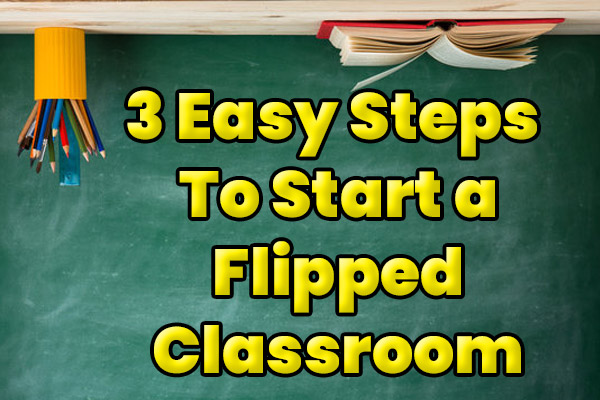Launch a Successful STEAM English Programming Course in Japan in 5 Steps

Start an exciting STEAM and programming course with the Thymio II Wireless Educational Robot, STEAM Craft Kits, and Mind Mission Programming.
Integrating STEAM and English programming course into school curricula is becoming increasingly important in today’s technology-driven world, especially in Japan. This blog post guides you through the process of launching a successful course, utilizing innovative tools like the Thymio Educational Robot, STEAM kits by BBbots.com, and the Mind Mission ESL/EFL Programming course.
The integration of these resources offers a unique and effective approach to teaching, blending hands-on learning with critical thinking and problem-solving skills. Let’s explore how you can transform your classroom with these dynamic educational methods.
Table of Contents (TL;DR)

Step 1: Decide the length of classes for your STEAM and ESL/EFL Programming Course
Programming lessons can vary from 60 minutes to several hours. You will have to consider your existing classes and students’ schedules to decide the length and price. This STEAM ESL/EFL Programming course has several modular topics which can be used to structure a lesson as short or long as you need. These topics include exciting STEM/STEAM activities, programming challenges, typing practice, problem-solving games and puzzles, and autonomous project-based learning.

Step 2: Decide the lesson structure for your course
Developing a structured curriculum is key to the success of your course. The curriculum should be designed to gradually introduce students to complex concepts through a series of interconnected lessons. The Mind Mission Programming course materials offer a variety of problem-solving activities that can be incorporated into your curriculum. These activities are designed to stimulate critical thinking and creativity, enhancing the learning process. You can read more about creating a customized lesson routine in the Lesson Structure Breakdown section below.

Step 3: Preparing the Teachers and School to Adopt the new programming course
Equipping educators with the right tools and knowledge is essential. Training sessions on the Thymio II Wireless Educational Robot and BBBots.com kits ensure that teachers are prepared to effectively incorporate these technologies into their lessons. Classroom environments should also be prepared to accommodate interactive learning. Ensure that your classrooms are equipped with the necessary technology and space to facilitate hands-on activities and collaborative projects. At the minimum, 1 STEAM Kit per student per unit, and 1 Thymio II Robot and tablet per pair of students is ideal. If students are learning written programming languages, you will need 1 laptop computer per student.

Step 4: Acquire the Necessary Robots, STEAM Kits, and other required equipment
The integration of diverse educational tools like the Thymio II Wireless Educational Robot, BBBots.com kits, and the Mind Mission Programming course can significantly enhance the learning experience. These tools provide students with hands-on experience in STEAM and programming, making learning more engaging and effective. Discuss the specific benefits of each tool and how they can be used to complement each other in the classroom. For example, the Thymio Robot can be used to teach basic programming concepts, while BBBots.com kits can offer more advanced STEAM projects.

Step 5: Implement the Programming Course with Continuous Feedback
Launching the course should be followed by continuous monitoring and feedback. This approach allows for adjustments and improvements to be made based on student and teacher experiences. Encourage feedback from both students and educators to understand the effectiveness of the course. Use this feedback to make necessary changes and enhancements, ensuring the course remains relevant and engaging.

Lesson Structure Breakdown
Lesson 1: Introduction to STEAM Concepts
The first lesson should introduce students to basic STEAM concepts. Classroom teaching combined with worksheets and interactive puzzles or games makes the learning process engaging and fun. Introduce vocabulary and basic concepts through interactive discussions and activities. This approach lays a strong foundation for more complex topics in subsequent lessons.
Lesson 2: Reviewing and Introducing Programming
Lesson 2 continues by reviewing previously learned concepts and introducing basic programming challenges. Utilize resources like Thymio programming challenge cards to encourage students to think critically about how programs work. Students should explain their understanding in English before attempting to make and modify programs. This reinforces their language skills and programming knowledge simultaneously.
Lesson 3: Combining STEAM and Programming
In this lesson, combine the STEAM and programming aspects. For example, if the topic is wind, students could build an anemometer using a robot or a STEAM kit. If the topic is LED colors, they could program a robot to mix LED lights based on its orientation. This hands-on approach helps students apply their knowledge in practical situations, enhancing their understanding of both programming and STEAM concepts.
Lesson 4: Review and Exploration
The final lesson is dedicated to reviewing all concepts and allowing students to explore areas of personal interest. This could involve further programming challenges or STEAM activities. Encourage students to practice typing and other skills, and provide them with the opportunity to delve deeper into topics they find most engaging.
Now you’re ready to start your STEAM + EFL/ESL programming course!

Implementing a successful English Programming and STEAM course requires careful planning, the right resources, and a commitment to continuous improvement. By following these five steps and utilizing tools like the Thymio II Wireless Educational Robot, BBBots.com kits, and Mind Mission Programming, educators can create a dynamic and engaging learning environment. These tools and strategies not only enhance the learning experience but also prepare students for future challenges in an increasingly technological world.
If you have any questions about starting your own STEAM and EFL/ESL programming course and have any questions, feel free to contact us! You can find out more about the Thymio II Wireless Educational Robot and related resources here, and check out our exciting EFL/ESL STEAM Kits here.


















